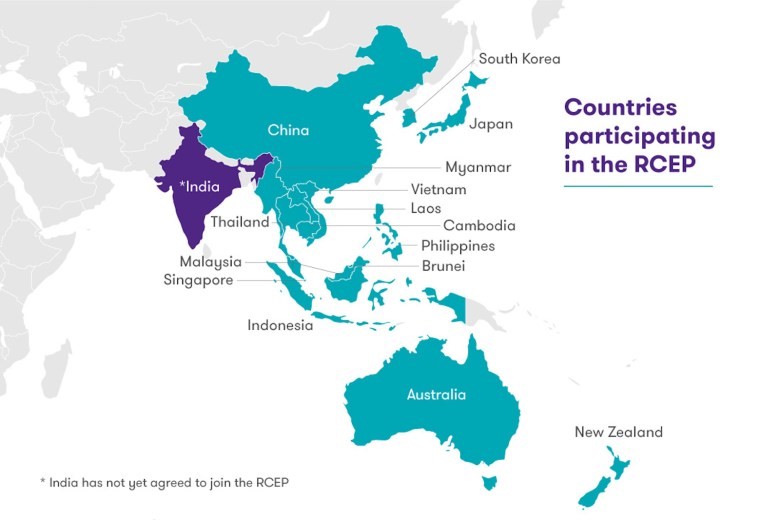Free Courses Sale ends Soon, Get It Now


Free Courses Sale ends Soon, Get It Now



Copyright infringement is not intended
Context: Japan still hopes India will re-join RCEP Regional Comprehensive Economic Partnership (RCEP) that it quit in 2019.
Japan views:
What is RCEP?
India and RCEP:
Implications of India not joining RCEP:
What are India’s options now?
Conclusion
© 2024 iasgyan. All right reserved